Your cat might not be using the litter box for the first time, yet you see them vomiting afterward.
At first, you might think a dirty litter box, improper diet, digestive issues, or similar reasons are causing the cat to throw up undigested food, but this is not always true.
While you’re concerned about why your cat keeps vomiting, it can be due to various reasons, ranging from mild to major, and is often linked to post-litter box vomiting. If your cat is using it for the first time, that’s an obvious reason.
However, understanding the underlying causes of your cat’s vomiting, especially related to post-litter box use, is important so you can prevent it and ease your cat’s discomfort. So, without further ado, let’s dig into the details!
Possible Causes of Post-Litter Box Vomiting
When a cat keeps throwing up undigested food after using the litter box, it is referred to as post-litter box vomiting.
Note that it’s not essential for your cat to experience all these symptoms, but analyze whether a few reasons and their occurrence habits match the exact issue.
1. Hairballs
Your cat might lick itself a lot, almost 40% of its total day at random times. This is part of their grooming behavior, but it can indirectly cause post-litter box vomiting.
As the cat licks itself, they ingest a lot of hair, which doesn’t get digested and accumulates in their stomach.
Their bodies can tolerate it to a certain extent, but if your cat vomits frequently, take them to the veterinarian ASAP, as too many hairballs could be the cause.
2. Cat Food and Diet Issues
A recent change in your cat’s food or related habits might not suit them. Various causes can be at play, but there’s no one-size-fits-all solution for cats, as each one has a different physiology, just like humans.
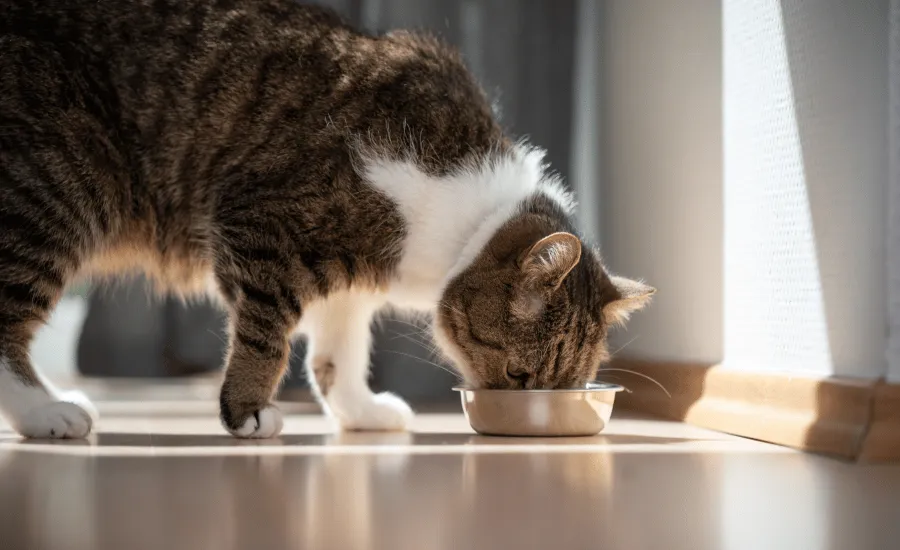
If you’ve noticed a recent change in their diet followed by post-litter box vomiting, even after some time, that could be the reason.
Dietary reactions often affect their bodies because certain foods might not suit them. Additionally, cats are playful creatures and may play with anything around them, sometimes trying things that lead to accidental poisoning, causing post-litter box vomiting.
3. Inflammatory Bowel Disease
Cats often develop chronic inflammation in their digestive tract for various reasons, known as Inflammatory Bowel Disease (IBD). This condition results in vomiting, stomach pain, and frequent diarrhea.
In such cases, vomiting strains their small stomach muscles, and you may notice them in pain or exhibiting abnormal behavior.
4. Constipation and Blockage
Constipation can also be a reason for your cat to vomit in the litter box. Any blockage in their intestines causes extreme pain, leading to nausea and vomiting.
If you see your cat struggling in the litter box, please consult your vet ASAP.
5. Anxiety and Stress
This may seem irrelevant to your cat, but cats have a strong connection between their emotional and physical states.
Even a small emotional change can instantly affect their body.
Your cat can vomit due to stress. If you have a new cat or pet at home, ensure your cat has space to adjust.
Try to keep your cat in a quiet, safe environment and calm them. Spend time with your cat, make them feel secure, and treat them with love and care.
6. Medical Conditions
As mentioned earlier, a cat throwing up undigested food can occur due to major illnesses as well. These include urinary tract infections, kidney diseases, and even conditions like cancer.
This is because such issues trigger your cat’s body, resulting in sudden hormone imbalances, making them nauseous.
Therefore, rush your cat to the vet for a comprehensive checkup. Please do not try to diagnose your cat at home, as it may worsen the situation.
If you notice any changes in your cat’s daily habits or behaviors, inform the vet.
Check Out: Do Cats Like Covered Litter Boxes? What the Experts Say
Identifying Signs of a Problem With Post-Litter Box Vomiting
Just imagine your cat as a playful or maybe a shy creature, but in either case, calm and suddenly start vomiting, especially after using the litter box.
I know it sounds concerning, and I can imagine how you’d feel seeing your pet in this condition.
But any small change in their habits or environment can trigger them, often leading to a panic response followed by vomiting.
These changes could be in their schedule, diet, physical activity, or more. As a pet parent, it’s important to notice even the smallest shifts in your cat’s behavior for an accurate diagnosis.
Frequency and Severity
Vomiting itself isn’t necessarily a sign of a serious disease, but you should observe how often your cat vomits and whether there is blood present in the vomit.
Take note of the amount of vomit produced and inform your vet about it.
Appearance of Vomit
The next time your cat vomits, be sure to examine the vomit. If it contains undigested food, your cat may not be chewing properly or might be eating too quickly.
Clear or whitish vomit typically indicates mild health issues, so you should consult your vet.
If you find blood, a rotten smell, or an unusual odor in your cat’s vomit, rush to your vet immediately, as these could indicate serious health issues.
Changes in Litter Box Habits
Most diseases have their first indications as frequent trips to the litter box. Litter boxes reveal a lot about your cat’s health. If you notice any changes in your cat’s litter box routine, be sure to investigate what’s going on.
Check if it’s painful for your cat to defecate or urinate, note the frequency, and observe if your cat spends more time in the litter box than usual.
Consulting a Veterinarian for Why Does My Cat Keep Throwing Up?
You shouldn’t hesitate to take your pet to the vet, but you can consider some decision factors beforehand.
Now, I don’t doubt that you want what’s best for your little one, so here we go. Begin by noting all the things you need to consider before heading to the vet.
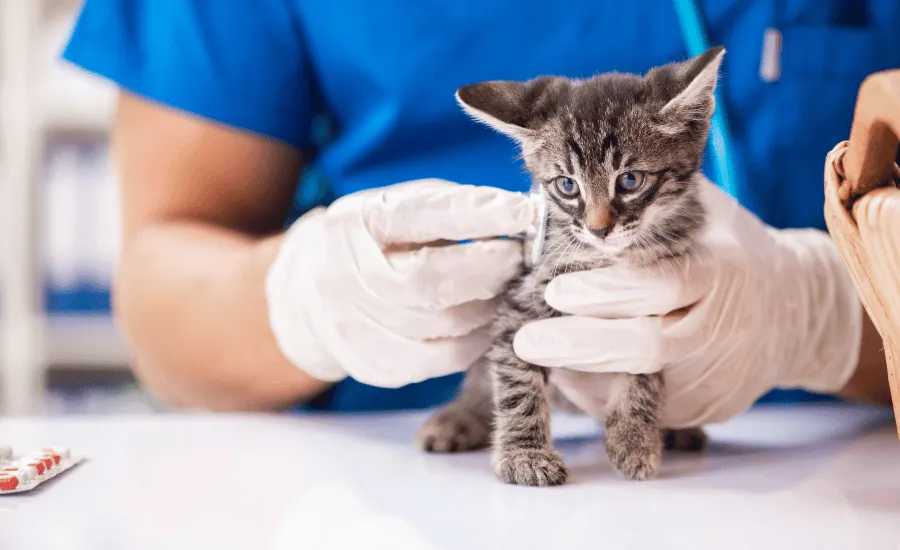
Next, note if there have been any sudden changes in your cat’s diet, environment, litter type, habits, or routine. If your cat is older, visit the vet sooner rather than later, as older cats tend to get sick more quickly.
Keep an eye out for other changes in your cat, such as diarrhea, grumpiness, appetite loss, hiding, or painful growls.
If you notice several symptoms at once, or even one or two occurring frequently, rush to the vet immediately. These could be signs of serious underlying health conditions.
How to Manage and Prevent Cat Throwing Up?
If, thankfully, you’ve ruled out medical conditions, consider yourself extremely lucky if it was just a small allergic reaction or a rare event.
Let’s now look at how to prevent vomiting in future cases.
Adjusting Diet and Food
Look up the expiry dates of your cat’s food in your pantry. If everything is good, set aside whatever you fed your friend.
Make sure you only have high-quality cat food products. You can also consult your vet regarding what you should feed your cat. You can also buy different cat foods over time and see which your cat likes the most.
Instead of feeding it everything at once, make sure you feed it in small portions so its intestines aren’t under much stress.
Take your cat on walks, play games with it, and do anything that would keep it fresh and fit.
Addressing Anxiety and Stress
A stressed cat carries a ticking bomb inside. If you have a guest or a new pet at home, this bomb gets triggered quite often.
Cats get anxious easily, and one big thud near their highly sensitive ears can cause war flashbacks for the next few days.
So, if you have a guest, ask them not to play peek-a-boo with your cat and to walk lightly. If you have a new pet, ensure the new fella isn’t bossing around in your cat’s territory.
Give your cat some space, and keep the litter box in a well-ventilated and well-lit area. Give your cat some treats and show it love; that’s the quickest way to calm it down.
Litter Box Maintenance
Trust me, uncleaned litter boxes are some of the most disgusting-smelling things. When you have a nose with a 14 times stronger sense of smell than humans, it gets even worse.
Please keep your litter box clean. It’s not much effort—just a quick scoop a day and a nice wash every 7 days, and you’re good to go.
The Conclusion
Cats are just like little babies. Something might happen, triggering health issues, and you’ll need to figure it out. Quite a good IQ exercise, in my opinion. Jokes aside!
If you’re wondering why your cat is throwing up, read this and visit the vet. Should your pookie be going through something like this, please don’t neglect it; you don’t want to lose your little friend or put it through a lot of distress.
Always be aware of even the smallest of changes.
Meow-Meow until next time!
FAQs
There is blood in my cat’s vomit; what should I do?
Run to the vet ASAP. Blood in vomit indicates severe underlying health conditions.
Can the litter type make my cat vomit?
Possibly, if you’re using a scented litter or something your cat is allergic to, it could make your cat vomit.



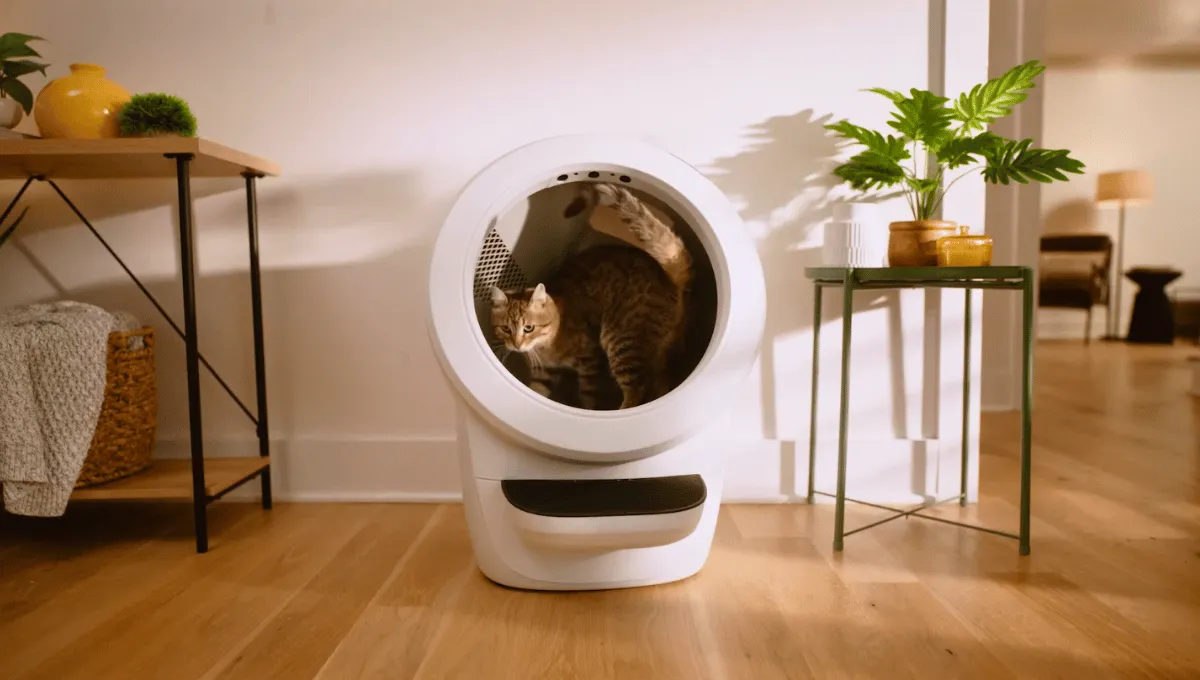
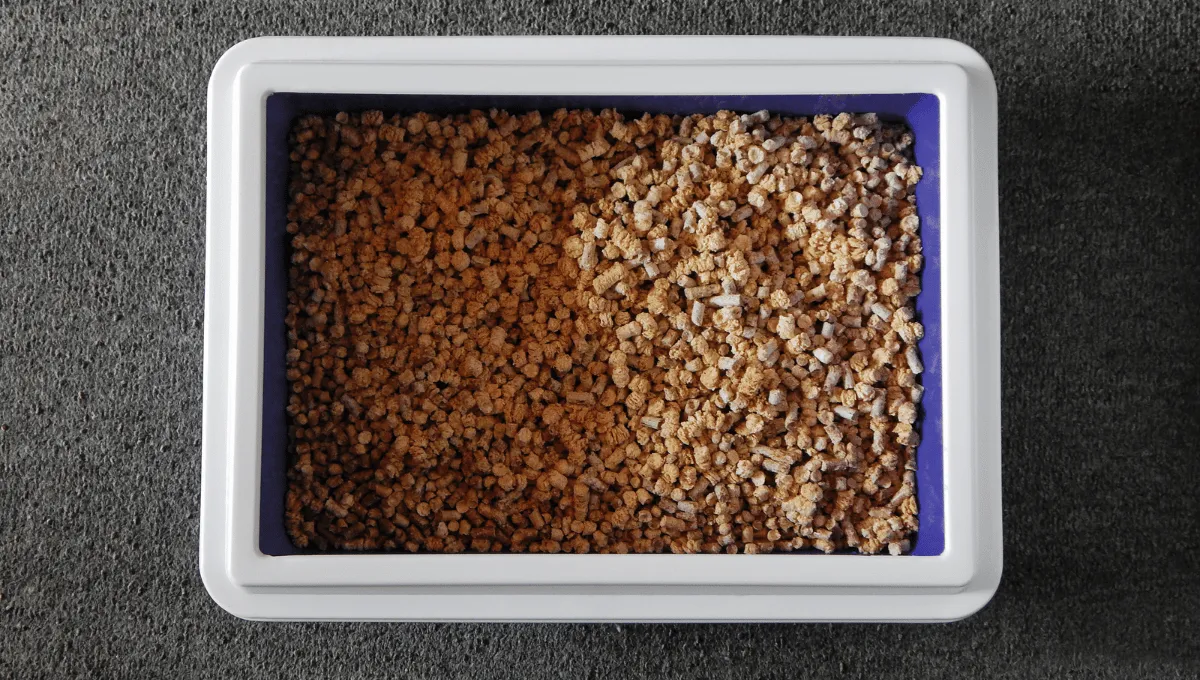
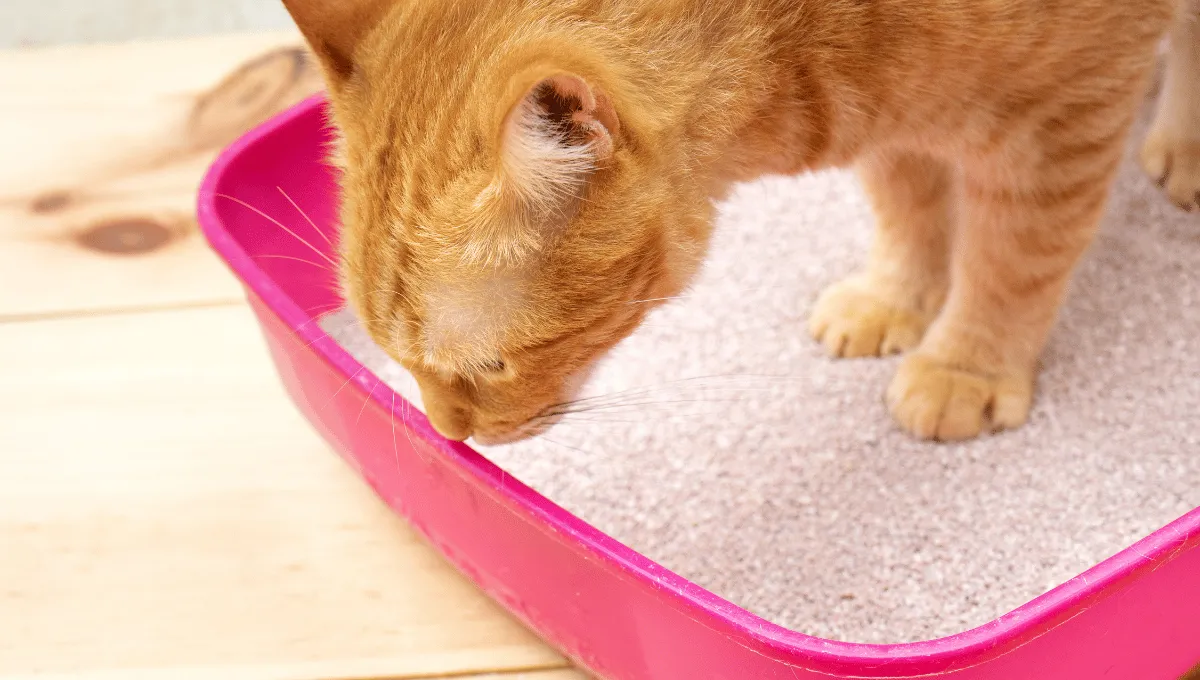
0 Comments